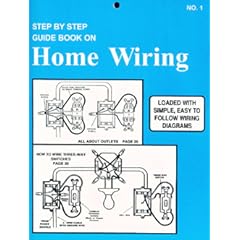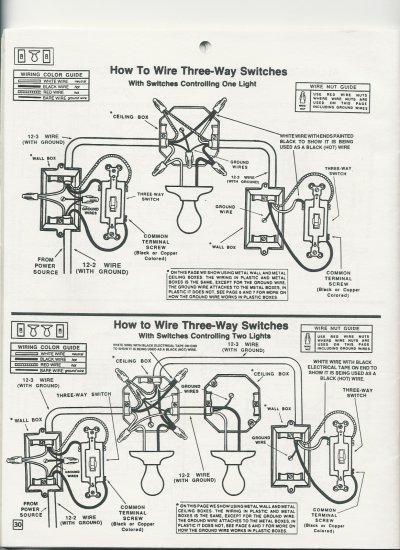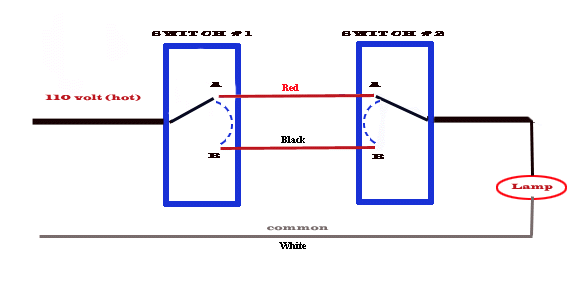thefed
Thinks s/he gets paid by the post
- Joined
- Oct 29, 2005
- Messages
- 2,203
Soooo....I've researched wiring diagrams and cant figure out whats going on
I have 2 switches in my bathroom, one at each end (there's 2 doors). In the past, you could turn either switch up or down and the light would go on or off....either one
Then, about 3 months ago, switch #1 had to be up....and # 2 could go either way....if you used # 2 to turn it on, then #1 would turn it off by going down....BUT only if #2 was in up position
Then, today, switch #1 is basically useless...regardless of its position, #2 does all the controlling...up is on, down is off
SO, I took a peak and switch #1 is a 3-way, while switch #2 appears to be a normal switch. My intuition tells me that the 3-way has 'gone bad' and simply needs replaced.
Can anyone lend some insight/experience? Thanks
Jason
I have 2 switches in my bathroom, one at each end (there's 2 doors). In the past, you could turn either switch up or down and the light would go on or off....either one
Then, about 3 months ago, switch #1 had to be up....and # 2 could go either way....if you used # 2 to turn it on, then #1 would turn it off by going down....BUT only if #2 was in up position
Then, today, switch #1 is basically useless...regardless of its position, #2 does all the controlling...up is on, down is off
SO, I took a peak and switch #1 is a 3-way, while switch #2 appears to be a normal switch. My intuition tells me that the 3-way has 'gone bad' and simply needs replaced.
Can anyone lend some insight/experience? Thanks
Jason




